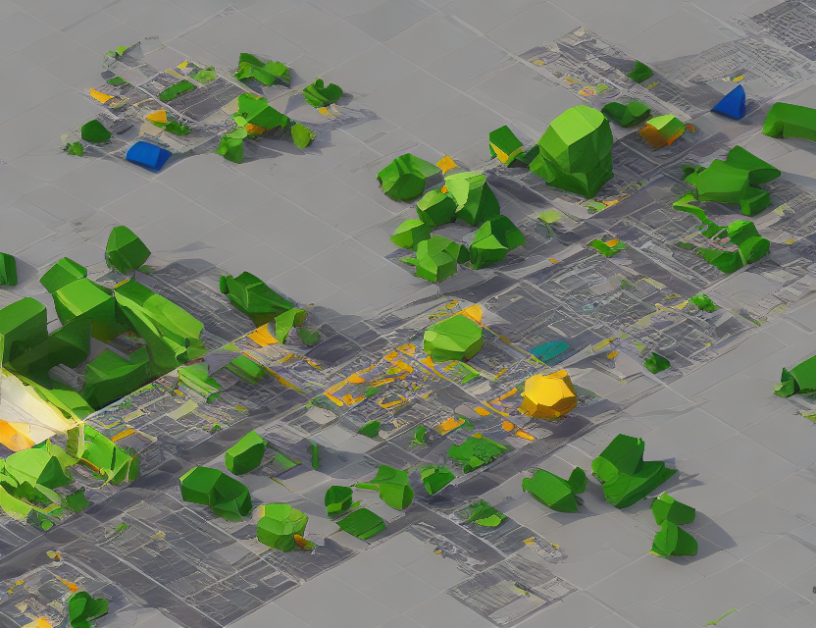Active perception is a technique that can significantly improve the ability of robots to perceive their environment. It involves manipulating the robot or sensor to obtain a clearer view or signal, similar to how humans and animals interact with their surroundings. This process can mitigate challenges in training deep learning models for active perception, such as distribution shifts due to using a simulator. Recent studies have shown that reinforcement learning, which is one approach to active perception, can significantly improve the perception abilities of various models. By incorporating active perception into deep learning models, robots can gather more information and better interact with their environment, leading to impressive applications such as autonomous cars, drones, and robots that can collaborate with humans on tasks.
In summary, active perception is a powerful technique for improving robot vision by manipulating the robot or sensor to obtain a clearer view or signal, similar to how humans and animals interact with their surroundings. It can mitigate challenges in training deep learning models for active perception and lead to impressive applications such as autonomous cars, drones, and robots that can collaborate with humans on tasks. By incorporating active perception into deep learning models, robots can gather more information and better interact with their environment, leading to improved performance and capabilities.
Computer Science, Computer Vision and Pattern Recognition
Mitigating Distribution Shifts in Active Perception with Simulation



